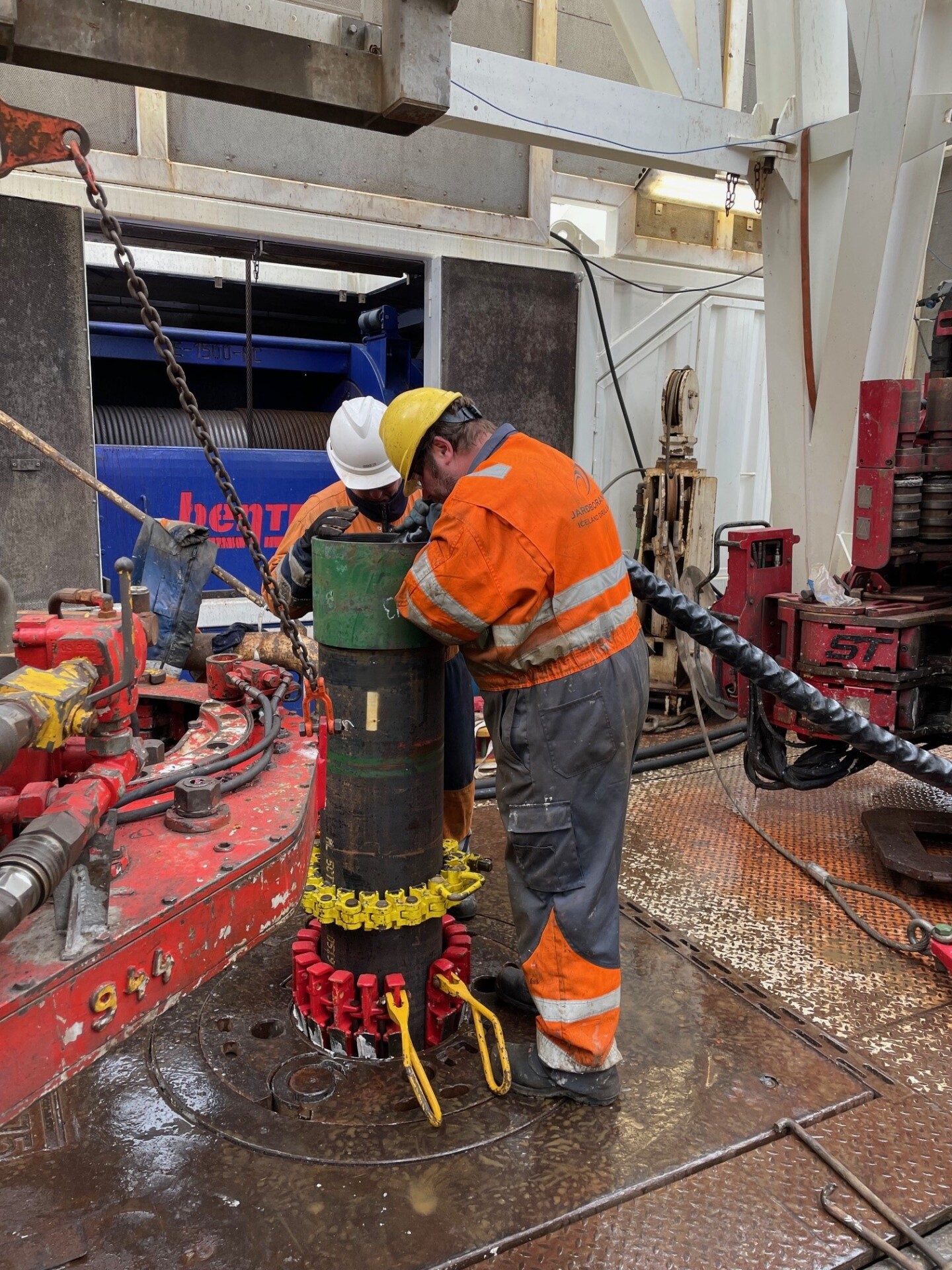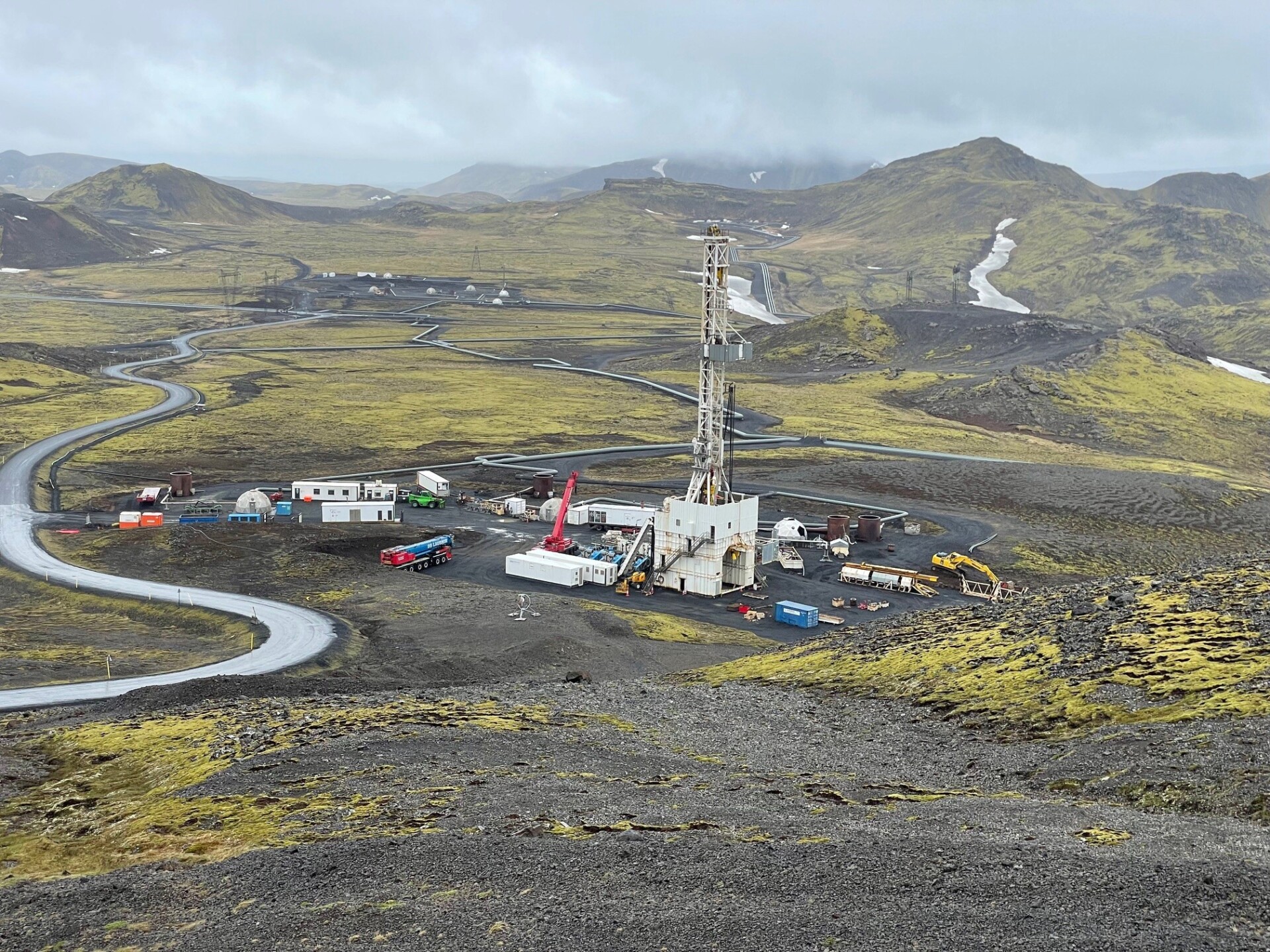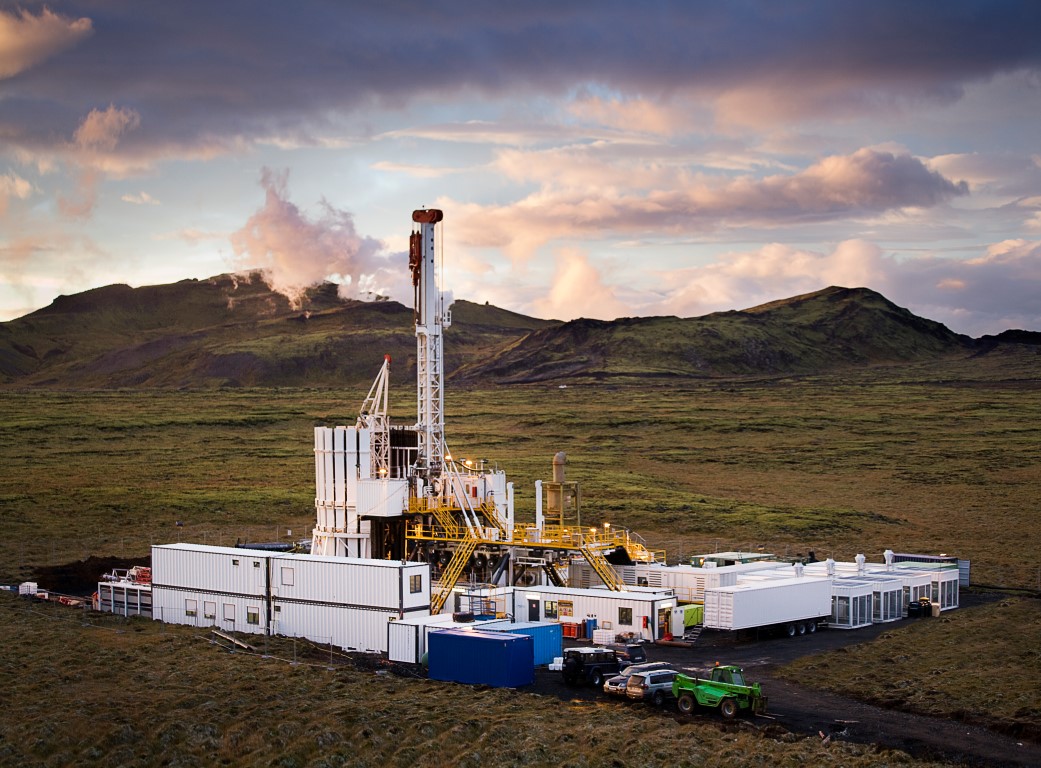
Carbon Capture and Storage (CCS) is a technology designed to reduce greenhouse gas emissions by capturing, transporting, and storing carbon dioxide (CO2) from large industrial sources before it enters the atmosphere. The process involves three main steps:
1. Capture:
CO2 is separated and collected from emissions produced by industrial facilities such as power plants, steel mills, or cement factories. Various capture methods are employed, including:
- Post-combustion capture: Extracting CO2 from flue gases after combustion.
- Pre-combustion capture: Removing CO2 before combustion by gasifying the fuel.
- Oxy-fuel combustion: Burning fuel in pure oxygen to produce a concentrated CO2 stream for capture.
2. Transport:
Once captured, CO2 is compressed into a dense, liquid-like state for efficient transportation. It is then transported to storage sites using pipelines, ships, or other methods, depending on the geography and distance involved.
3. Storage:
The captured CO2 is injected deep underground into geological formations such as:
- Depleted oil and gas reservoirs.
- Saline aquifers.
- Unminable coal seams.
These formations act as natural traps, securely storing CO2 and preventing its release into the atmosphere. In some cases, the CO2 undergoes a chemical reaction and mineralizes, transforming into rock and locking it permanently within the formation.
CCS technology has the potential to capture up to 95% of CO2 emissions from industrial sources. It is considered a vital tool in mitigating climate change, particularly for hard-to-abate sectors like cement and steel production, where alternative solutions are limited.
Iceland Drilling provides customized drilling services for CCS projects, specializing in the drilling of wells tailored to enable the safe and efficient injection of CO2 into geologically suitable and secure formations.


